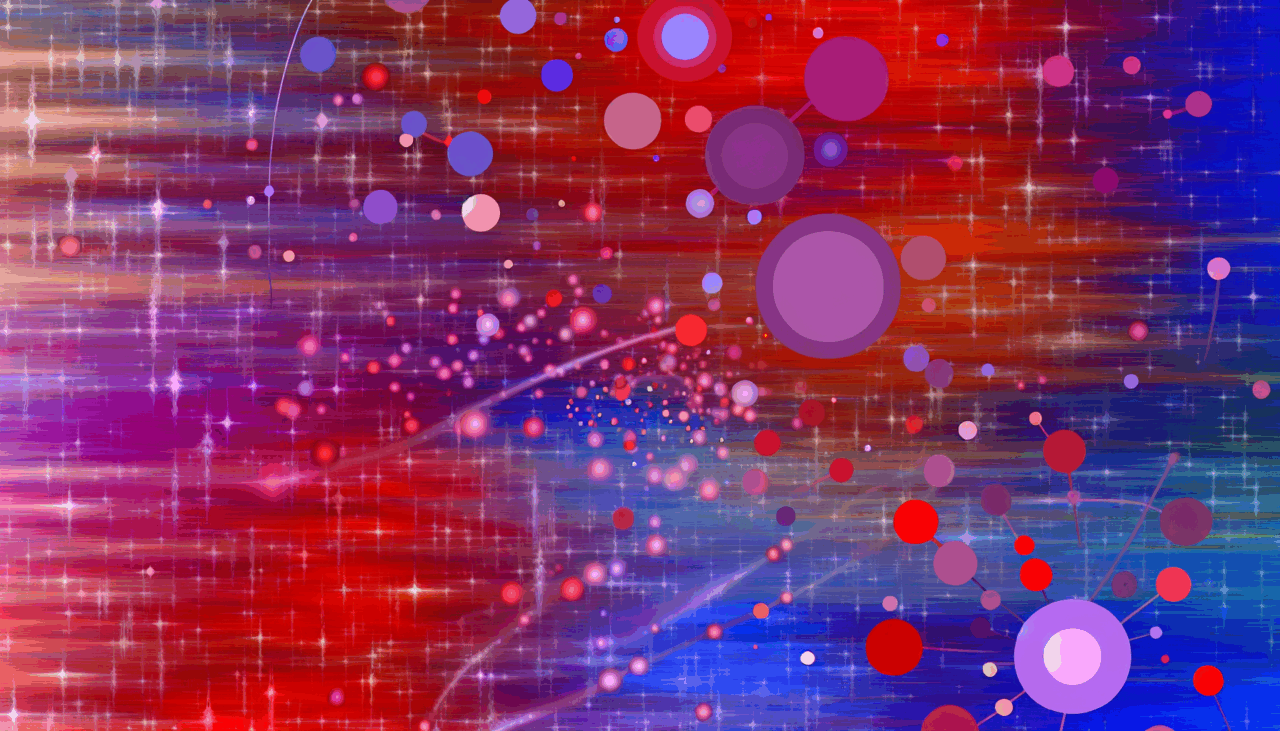Introduction to Holographic Optogenetics
Recent advancements in technology have significantly expanded the horizons of neuroscience research, particularly in the realm of brain mapping. These innovations have enabled scientists to explore the intricate structure and synaptic connectivity of the brain with unprecedented precision. However, traditional methods for imaging synaptic connections often fall short, as they are slow and lack the ability to accurately capture changes in neuronal connections in vivo, or while the subject is awake and active.
Innovative Approaches from Leading Research Groups
Two prominent research groups have introduced groundbreaking methods to study synapses in vivo. One group, based at Columbia University and UC Berkeley, and another at the Vision Institute of Sorbonne University in Paris, have developed novel mapping strategies. These strategies, detailed in two papers published in Nature Neuroscience, integrate holographic optogenetics—a technique that allows for the selective stimulation or silencing of specific neuron populations—with advanced computational techniques.
The Columbia and UC Berkeley Collaboration
Marcus A. Triplett, a key author from the Columbia and UC Berkeley collaboration, emphasized the importance of understanding the brain’s wiring, as it is crucial for comprehending the brain’s functional circuitry. Traditional methods, such as electron microscopy, have been used to map large sections of brain tissue. However, these methods are limited to fixed, non-living tissue, providing only a partial view of neuronal connectivity.
Triplett and his team sought to develop a technique capable of mapping large volumes of brain tissue while also measuring critical biophysical variables, such as the strength of neuronal connections, in living tissue. Their approach utilizes holographic optogenetics, which involves introducing light-sensitive proteins called opsins into neurons and using light to activate specific neuron sets. By recording the electrical activity of one neuron while stimulating another, researchers can determine the presence of synaptic connections.
Advancements in Computational Techniques
The innovation in this study lies in the development of a new computational method that combines deep learning and compressed sensing. These techniques enable the optogenetic approach to map neuronal connections significantly faster than previous methods. The results of their tests were promising, demonstrating that their approach could map ten times the number of connections compared to earlier techniques within the same timeframe.
Triplett believes that this technique will be particularly useful in studying neural computation and understanding how the brain’s wiring contributes to its computational abilities. Additionally, this method could have significant implications for understanding neurological disorders associated with abnormal synaptic connectivity.
The Sorbonne University Initiative
Simultaneously, the “Wavefront Engineering Microscopy team” at Sorbonne University has been exploring the potential of holographic optogenetics to control neuronal activity and map connections with precision. Their work has led to the development of cutting-edge optical tools for studying the brain’s structure and synaptic connectivity.
Dimitrii Tanese, a co-author from the Sorbonne University team, highlighted their efforts to overcome the limitations of existing techniques, which were ineffective for real-time mapping of neuronal connections in vivo. Their approach involves using two-photon holographic stimulation, which allows for precise targeting of specific cells and the activation of multiple neurons simultaneously.
Implications for Neuroscience Research
The techniques developed by both research groups draw from a wide range of fields, including neuroscience, electrophysiology, genetics, optics, and signal analysis. These methods have been successfully demonstrated in live mice, showcasing their potential to overcome the limitations of traditional electrophysiological techniques.
In the long term, these advancements could lead to a more integrated understanding of how neuronal networks support perception, adaptation, and cognition. The researchers are now focused on improving their approaches, such as integrating voltage indicators to achieve all-optical synaptic mapping, which would further reduce invasiveness and increase throughput.
Future Directions and Potential Applications
Both research teams are continuing to refine their techniques and explore their applications in specific brain regions. Triplett and his colleagues are particularly interested in using these tools to better understand the brain circuitry underlying visual perception. They also aim to scale their techniques to map larger populations of neurons more quickly, given the vast number of neurons and synaptic connections present in the brain.
Overall, the development of holographic optogenetics techniques represents a significant leap forward in neuroscience research, offering new possibilities for understanding the brain’s complex wiring and its role in various cognitive functions and disorders.
🔗 **Fuente:** https://medicalxpress.com/news/2025-10-holographic-optogenetics-enable-faster-brain.html


